Vote No on AB 942: Defend Rooftop Solar Affordability
Redwood Energy reports on Clean Coalition’s expert commentary, warning that AB 942 threatens rooftop solar affordability and undermines the clean‑energy transition
Read article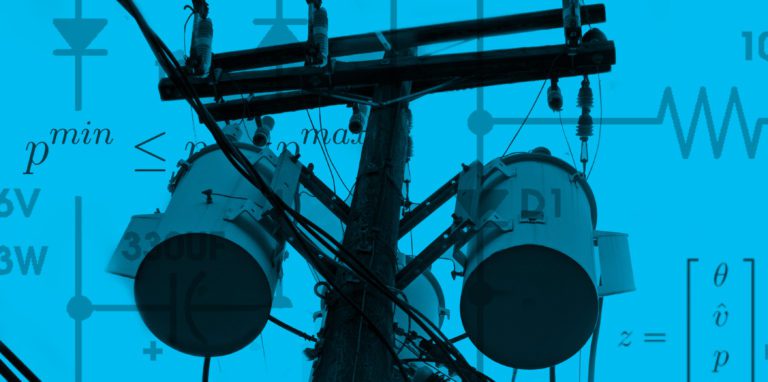
Modernizing the grid to provide cleaner, more affordable, and more resilient power
The U.S. electric grid is in the midst of transformational change. Originally designed to transport power from remote power plants to end-use customers, our centralized grid is being challenged by new technologies. Rapidly dropping costs and technological advancements have made distributed energy resources (DER) — such as local renewables, energy storage, demand response, and energy efficiency — increasingly cost-effective solutions to meet electric system needs. Yet, few states are actively planning their distribution grids to capitalize on the growing value DER provide.
Distribution Resources Planning (DRP) establishes a comprehensive and transparent framework designed to improve distribution system planning, operations, and investment. It seeks to optimize utilization of existing electricity grid assets and new DER resources to modernize the grid while minimizing costs for ratepayers.
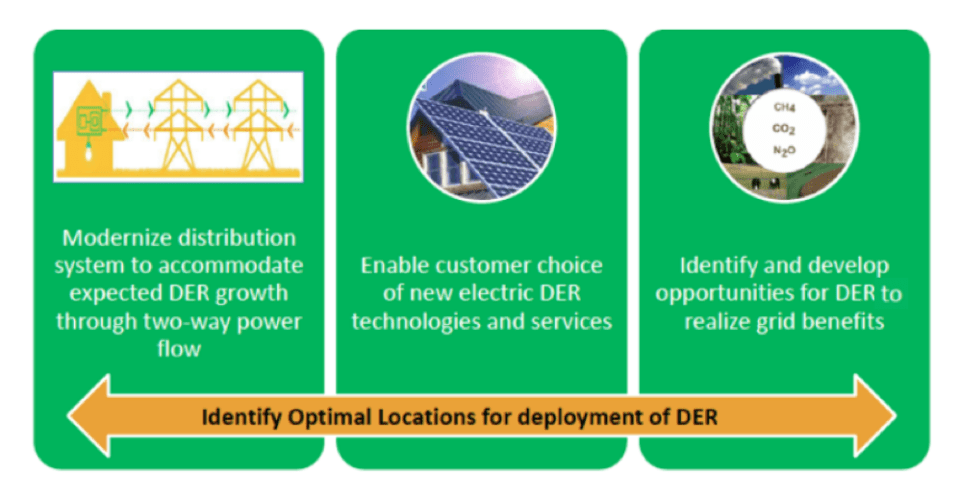
Building on its work driving California’s nation-leading DRP process, the Clean Coalition is now supporting the adoption of this vital policy in other states across the country. We support on-the-ground partners with policy expertise, model legislation, and coalition-building support.

DRP is a foundational policy for modernizing the grid to provide cleaner, more affordable, and more resilient power, through these vehicles:
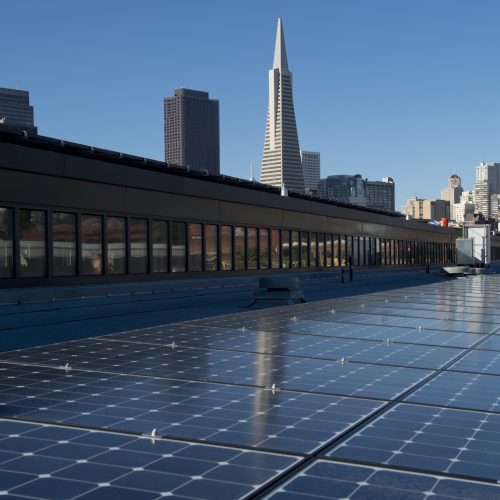
By proactively identifying optimal locations for use of DER, DRP guides smart grid modernization investments, expands customer choice, and secures value for all energy consumers.
DRP has these desired outcomes:
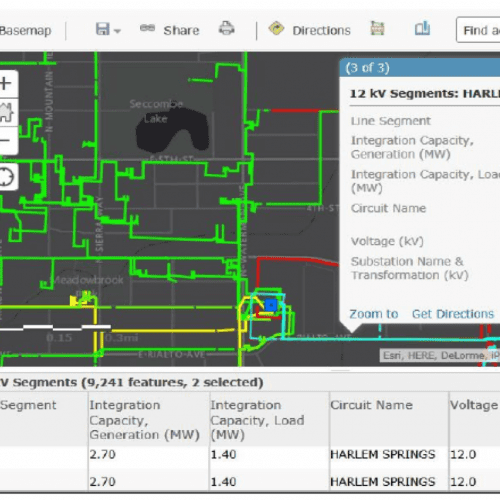
Hosting capacity analysis (HCA), or integration capacity analysis (ICA), involves a proactive assessment of the existing distribution grid to understand which locations have the capacity to accommodate new DER, which makes interconnection of these resources quicker and cheaper. Grid maps, with details on available capacity down to the circuit level, are made publicly available and are regularly updated.
In California, the Clean Coalition has played a major role as a leading advocate for the state’s ICA maps, most recently updated to ICA 2.0 in December 2018.
The Clean Coalition first drafted DRP legislative language in California in 2011. Once this language was adopted in Assembly Bill 327 in 2013, the Clean Coalition guided the California Public Utilities Commission implementation of DRP and remains a regular intervenor in the DRP proceeding.
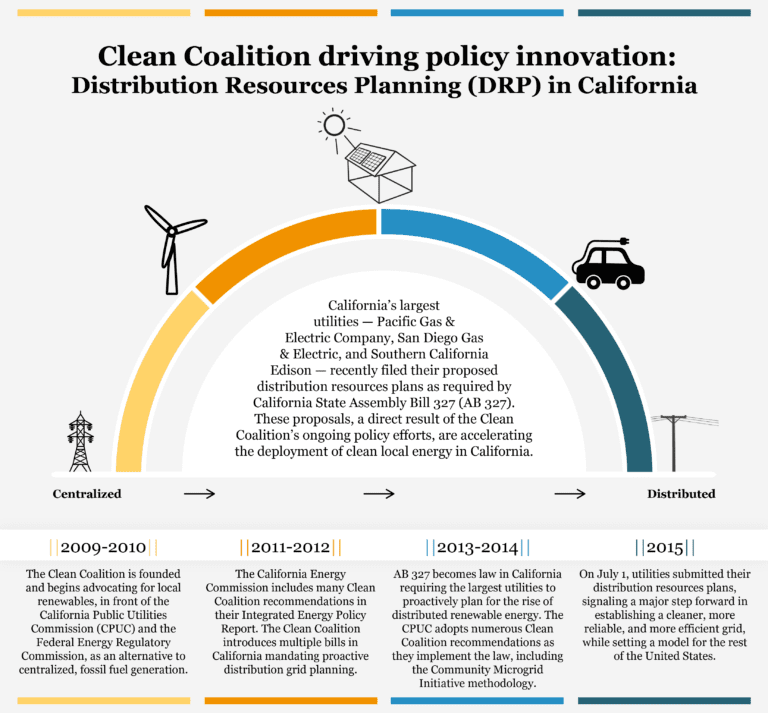
To move to a modern energy system, both the utilities’ natural monopolies and the management of the grid must change. Utilities must develop a renewed, more sophisticated, and focused model as a distribution-grid business. Achieving that vision will require that utilities divest from transmission assets and embrace the full range of distribution-level services, becoming Distribution System Operators (DSOs). This will force utilities to become fierce innovators focused on achieving maximum value from DER and the distribution grid.
The Clean Coalition has been advocating for this change in a number of venues; see links at left for details.
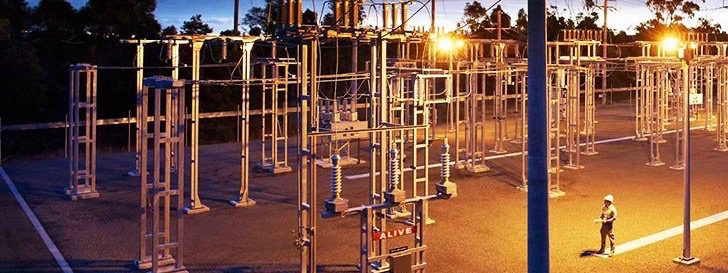
I like what the Clean Coalition is doing to work toward removing barriers by implementing the right policies to accelerate the renewable energy marketplace.
Rick DeGolia
Executive Chairman, InVisM, Inc.
The latest in clean local energy
Learn about our innovative projects and initiatives on our blog, and see what others are reporting about our important work.
Redwood Energy reports on Clean Coalition’s expert commentary, warning that AB 942 threatens rooftop solar affordability and undermines the clean‑energy transition
Read articleThis Clean Coalition hosted webinar took place on 27 June 2025 at 10:00 AM PST.
Read MoreThis blog post highlights the RGL Community Microgrid, which will provide clean energy and resilience to a disadvantaged community (DAC), utilize master metering, and serve as a critical model for future multi-unit housing (MUH) projects and master metering policies.
Read More